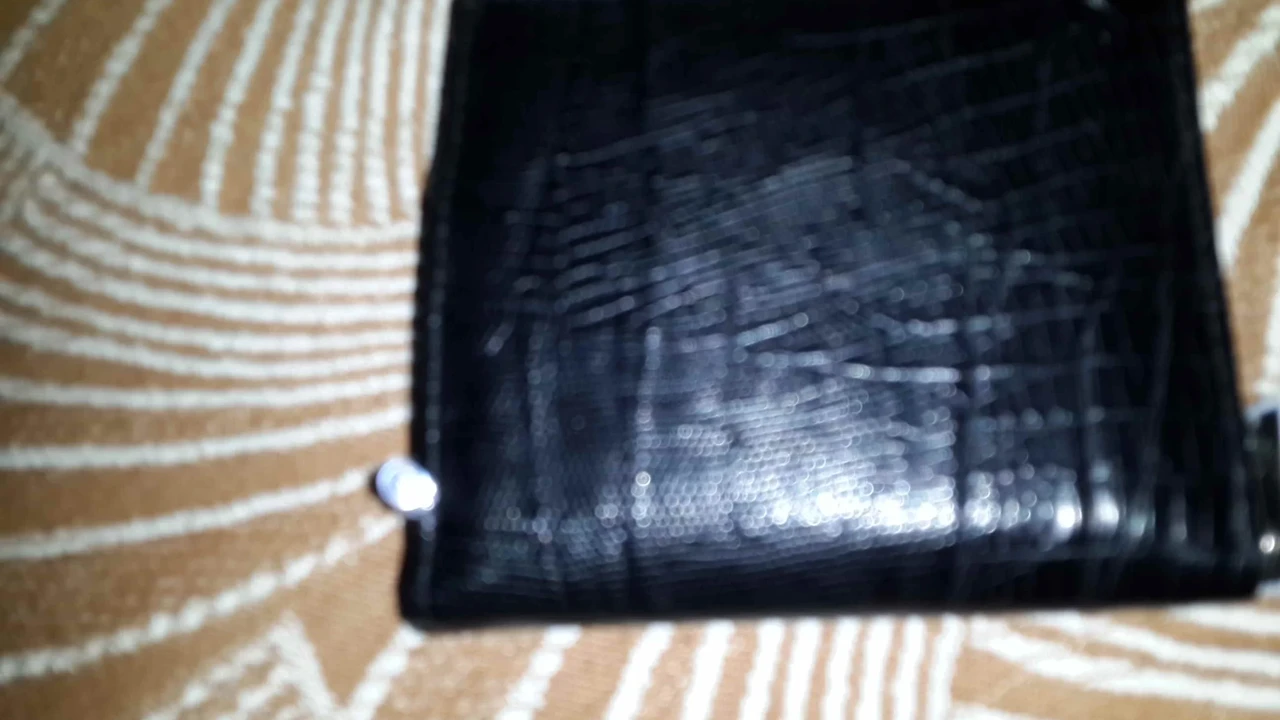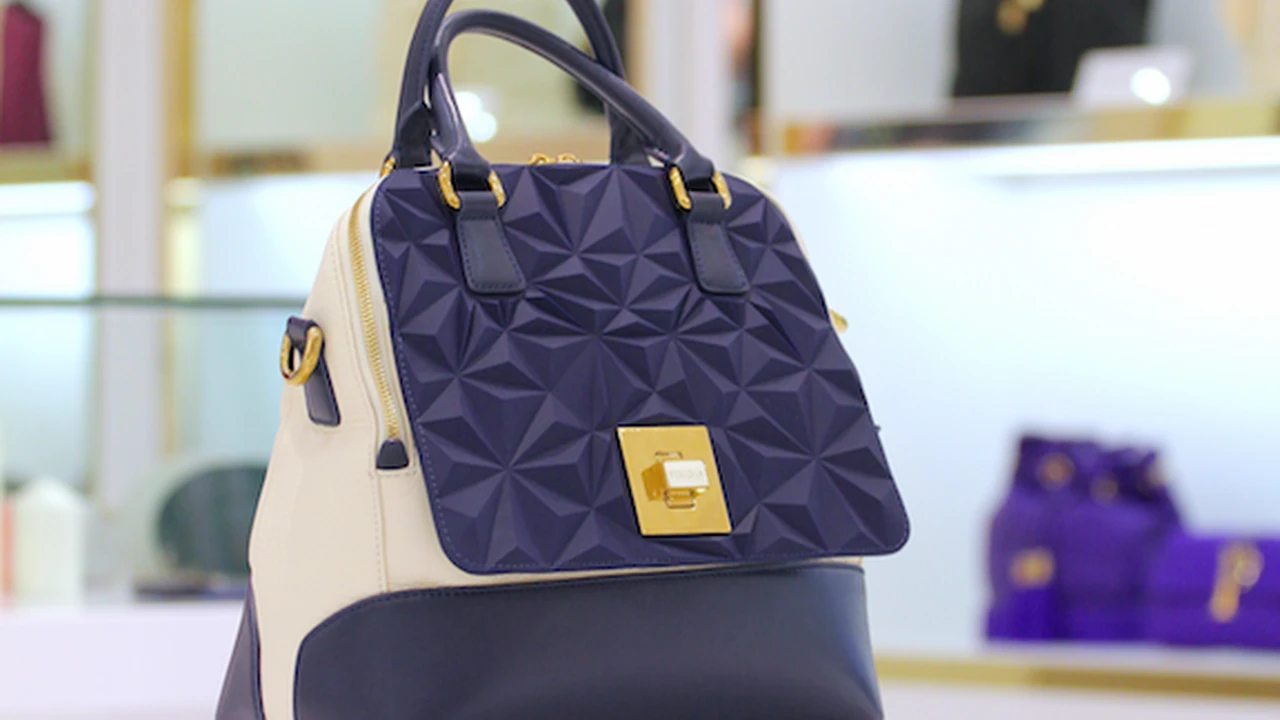Handbag Stitching Styles
Explore the world of handbag materials. This guide details common fabrics, leathers, and synthetics used in handbag construction. Learn about durability, care, and ideal uses for each material to make informed buying decisions.

Understanding Handbag Stitching Techniques: A Comprehensive Guide
Hey there, handbag enthusiasts! Ever wondered why some bags seem to last forever while others fall apart after a few months? A big part of that lies in the stitching. Stitching isn't just about holding the pieces together; it's a crucial element of design, durability, and overall quality. Let's dive into the fascinating world of handbag stitching!
Handbag Stitching Types: Exploring Different Techniques
There are several different types of stitching used in handbag construction, each with its own strengths and weaknesses. Knowing the difference can help you assess the quality of a bag and choose one that's built to last.
Saddle Stitch: The Gold Standard for Handbag Durability
The saddle stitch is widely considered the strongest and most durable type of stitching. It's a hand-sewing technique where two needles are used to pass thread through each hole, creating a locked stitch. If one stitch breaks, the others remain secure. Think of it as the Rolls Royce of stitching. You'll often find this on high-end leather goods.
Pros: Incredibly strong, durable, aesthetically pleasing (often hand-done, adding a touch of craftsmanship).
Cons: Time-consuming and expensive, typically found only on high-end bags.
Lockstitch: A Common Machine Stitch for Handbags
Lockstitch is the most common type of machine stitch. It's created by interlocking two threads, one from the top and one from the bottom. While not as strong as the saddle stitch, it's still a reliable option for many handbags.
Pros: Efficient, cost-effective, widely used.
Cons: If one stitch breaks, the entire seam can unravel more easily than with a saddle stitch.
Chain Stitch: Decorative Handbag Stitching
The chain stitch is primarily decorative, forming a chain-like pattern on the surface of the fabric. It's often used for embellishments or outlining designs, rather than for structural seams.
Pros: Visually appealing, adds texture and detail.
Cons: Not particularly strong, primarily for decorative purposes.
Overlock Stitch (Serger Stitch): Used for Edges and Seams in Handbags
The overlock stitch, also known as a serger stitch, is used to finish raw edges and prevent fraying. It's commonly found on the inside seams of lined handbags.
Pros: Prevents fraying, creates a clean finish.
Cons: Not as strong as other types of stitching, primarily for edge finishing.
Blind Stitch: Invisible Handbag Stitching
The blind stitch is used to create an invisible hem or seam. It's often used for attaching linings or finishing edges where you don't want the stitching to be visible.
Pros: Creates a clean, professional finish with hidden stitching.
Cons: Requires skill and precision, not as strong as other types of stitching.
Handbag Stitching Quality: What to Look For
So, how can you tell if a handbag has good stitching? Here are a few things to look for:
Stitch Density and Handbag Durability
The number of stitches per inch (SPI) is a good indicator of quality. Higher SPI generally means a stronger and more durable seam. Look for consistent and closely spaced stitches.
Thread Type and Handbag Stitching Strength
The type of thread used is also important. High-quality thread, such as nylon or polyester, is stronger and more resistant to abrasion than cheaper cotton thread. Check the thread for fraying or breakage.
Straight and Even Handbag Stitching Lines
The stitching lines should be straight, even, and consistent. Avoid bags with crooked, uneven, or sloppy stitching.
Reinforced Handbag Stitching at Stress Points
Pay attention to stress points, such as handles, straps, and corners. These areas should be reinforced with extra stitching to prevent tearing or breakage.
Matching Thread Color for Handbags
The thread color should match the material of the bag, or be a complementary color. This creates a clean and professional look.
Handbag Stitching Styles and Aesthetics: How Stitching Impacts Design
Contrast Stitching: A Bold Handbag Statement
Contrast stitching uses a thread color that contrasts with the material of the bag, creating a bold and eye-catching effect. This can add a touch of personality and style to a simple bag.
Decorative Stitching: Adding Flair to Handbags
Decorative stitching can be used to add embellishments, patterns, or textures to a bag. This can range from simple geometric designs to intricate floral motifs.
Edge Stitching: Defining Handbag Silhouettes
Edge stitching is used to define the edges of a bag and create a clean, crisp silhouette. This can be done with a simple straight stitch or with a more decorative stitch.
Handbag Recommendations Based on Stitching Quality and Style
The Hermès Birkin: Saddle Stitching at Its Finest
The Hermès Birkin is a classic example of a handbag with impeccable saddle stitching. Each bag is hand-stitched by a skilled artisan, ensuring exceptional quality and durability. Expect to pay upwards of $10,000 for one of these beauties.
Use Case: This is the ultimate investment piece, perfect for special occasions or as a statement accessory.
The Coach Leather Crossbody: Reliable Lockstitch for Everyday Use
Coach bags often feature a combination of lockstitch and reinforced stitching at stress points. This provides a good balance of durability and affordability. A leather crossbody bag from Coach typically retails for around $200-$400.
Use Case: A versatile everyday bag that's both stylish and practical.
The Stella McCartney Falabella: Chain Stitch Detailing
The Stella McCartney Falabella is known for its distinctive chain detailing, which is created using a chain stitch. While the chain is primarily decorative, it adds a unique and edgy touch to the bag. Prices range from $800-$1200.
Use Case: A trendy and eco-friendly option for fashion-forward individuals.
Comparing Handbag Stitching: Key Considerations
When choosing a handbag, consider the type of stitching, the quality of the thread, and the overall craftsmanship. A bag with strong, even stitching will last longer and look better over time. Don't be afraid to inspect the stitching closely before making a purchase. Consider your budget and intended use. A high-end bag with hand-stitched detailing might be a worthwhile investment if you plan to use it frequently and value craftsmanship. However, a more affordable bag with reliable machine stitching might be a better option for everyday use.
Finding the Right Handbag Stitching for Your Needs
Ultimately, the best type of stitching for a handbag depends on your individual needs and preferences. Consider the factors discussed above and choose a bag that's well-made, durable, and stylish. Happy handbag hunting!
:max_bytes(150000):strip_icc()/277019-baked-pork-chops-with-cream-of-mushroom-soup-DDMFS-beauty-4x3-BG-7505-5762b731cf30447d9cbbbbbf387beafa.jpg)






